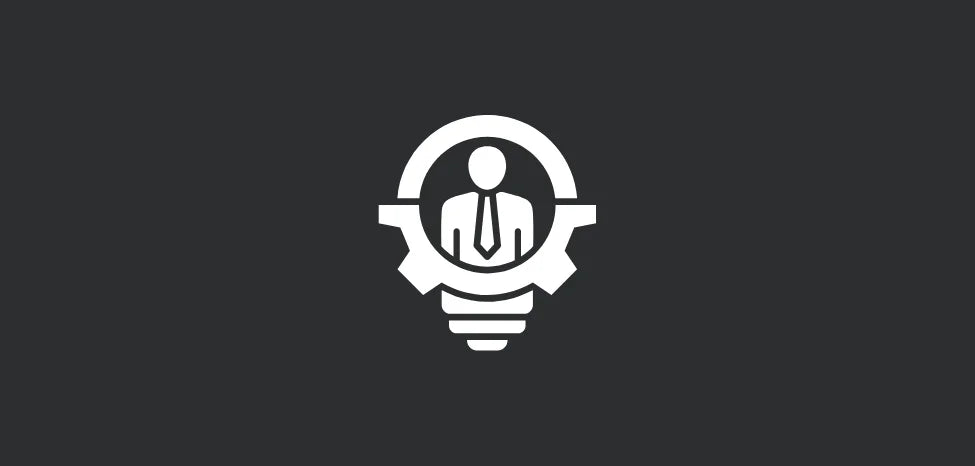INTRO: THE “SUPERHERO” LIE
You pride yourself on juggling everything.
Calls. Clients. Campaigns. Team messages. Ad strategy. Budget sheets.
All in the same hour.
You think multitasking is a badge of honor — a sign you’re productive, agile, unstoppable.
But here’s the brutal truth:
Multitasking isn’t making you faster. It’s making you fractured.
It’s not helping you grow.
It’s killing your focus, your energy, and your business quality — slowly.
Let’s break the myth, once and for all.
WHAT ACTUALLY HAPPENS WHEN YOU MULTITASK
Neuroscience has proven this:
When you multitask, you don’t do two things at once.
You switch attention rapidly between tasks.
This leads to:
- ⏳ Slower execution
- 😓 Mental exhaustion
- ❌ Increased error rate
- 🤯 Higher stress and burnout
- 🧠 Poor memory and recall
The worst part?
Every switch costs your brain energy — even if it’s just checking WhatsApp or changing tabs.
It’s called cognitive switching penalty.
And over time, this drains your willpower — making it harder to focus later, even when you want to.
WHY ENTREPRENEURS FALL INTO THIS TRAP
Because you have:
- Too many open loops
- No clear structure
- Constant notifications
- Guilt about “wasting time”
- Pressure to do more, faster, better
So you default to multitasking because:
“There’s too much to do and too little time.”
But the reality is:
You’re doing too many things poorly and finishing very little completely.
That’s not success. That’s self-sabotage.
MULTITASKING VS. CONTEXT SWITCHING
Let’s get clear.
Multitasking = Trying to do two tasks at the same time
Example: Writing an email while attending a Zoom call
Context Switching = Shifting focus between unrelated tasks quickly
Example: Planning a campaign → Checking bank statement → Answering team chat → Back to campaign
Both kill deep focus.
Both reduce quality.
Both increase anxiety.
And both can be reduced — with the right physical system.
THE PHYSICAL FIX: DESIGNING FOR SINGLE-TASK FOCUS
This is where your matte magnetic glass board becomes powerful.
Digital task managers are invisible.
Your board is in your face — real, clean, undeniable.
Here’s how to use it to break free from multitasking:
🔹 STEP 1: Visual Task Limiting
Each day, put only 3 task cards on your board.
Use magnets to:
- Display only what matters
- Physically remove what doesn’t
This “visual scarcity” creates mental priority.
Your brain stops hopping, because it sees fewer options.
🔹 STEP 2: The “One Task Window”
On the top of your board, create a zone titled:
“Right Now”
Place only one magnetic task card here.
Until it’s done, you are not allowed to touch another task.
This builds your focus muscle — daily.
It’s like lifting weights:
One rep at a time, until it becomes natural.
🔹 STEP 3: The “Idea Catcher” Strip
Create a side section for “Later Thoughts.”
Whenever a new idea or task comes up, don’t switch.
Just write it in this area.
This stops the impulse to:
- Open a new tab
- Send a message
- Break your flow
Your brain relaxes because the thought is saved, not lost.
🔹 STEP 4: Completion Tracking
Create a “Done” section at the bottom.
Every time you finish a task, move the magnet here.
This gives:
- 🎯 Visible progress
- ✅ Completion satisfaction
- 💪 Motivation to keep going
You start to feel momentum — not just motion.
WHY MATTE MATTERS
Most boards reflect light, strain your eyes, and get messy.
A matte glass board:
- Feels premium
- Has no glare
- Leaves no ghost marks
- Makes writing and reading pleasurable
- Matches any workspace aesthetically
This isn’t about luxury — it’s about frictionless usability.
If you love the way your board looks and feels,
you’ll use it daily — and that’s what rewires your habits.
REAL EXAMPLE: NEHA’S BRAIN REBOOT
Neha ran a design agency.
She was constantly overwhelmed.
She told me:
“I was doing 6 things every hour and finishing none. My brain felt fried.”
We installed a wall-mounted matte glass board.
She committed to the 3-task method.
No digital reminders. Just the board.
Result?
- 3x increase in completed tasks
- 2 fewer hours of work per day
- Improved client quality and turnaround
- Reduced stress, improved sleep
She said:
“My wall gave me my brain back.”
THE EMOTIONAL SHIFT
When you stop multitasking and start focusing:
- You feel lighter
- You trust yourself again
- You stop panicking about “falling behind”
- You create deeper, better work
- You protect your energy for what matters
You stop running — and start building.
IN CLOSING: YOU’RE NOT SUPPOSED TO DO EVERYTHING AT ONCE
You became an entrepreneur for freedom — not for constant pressure.
Multitasking feels like a shortcut.
But it’s a trap.
Your board is your escape route.
When your wall reflects just one task at a time,
you regain your focus, your flow, and your future.
So slow down.
Simplify your space.
And finally get things done — one clear move at a time.

0 comments